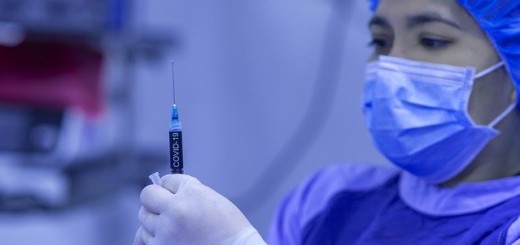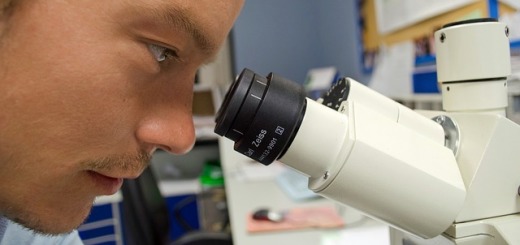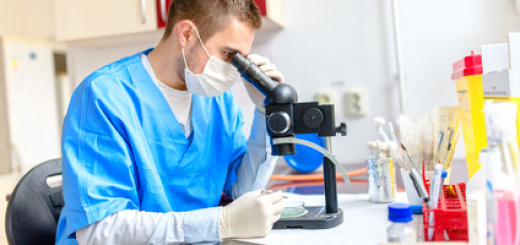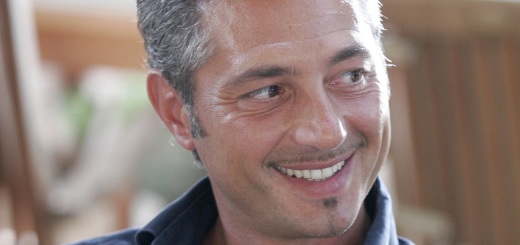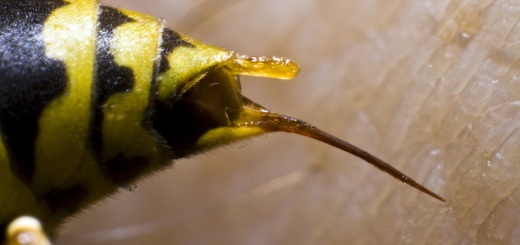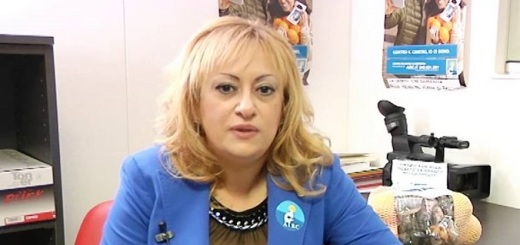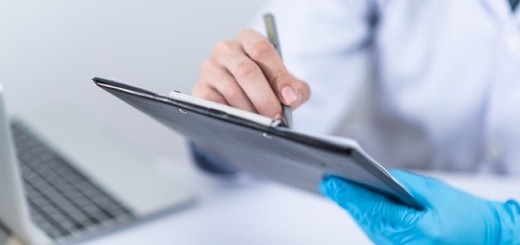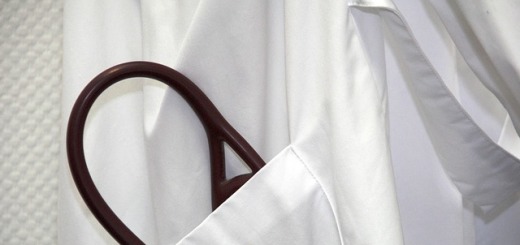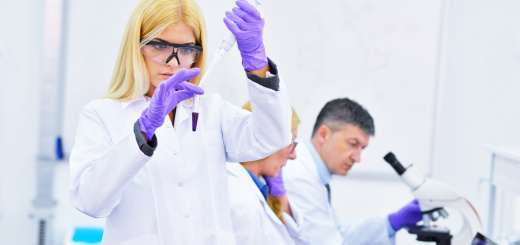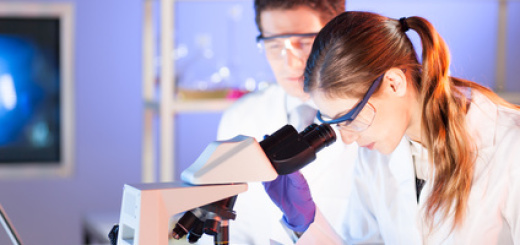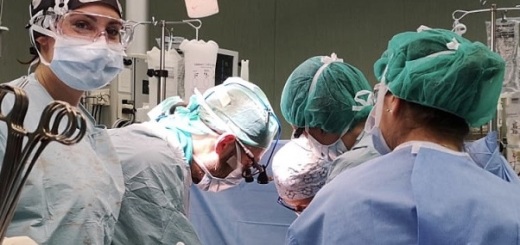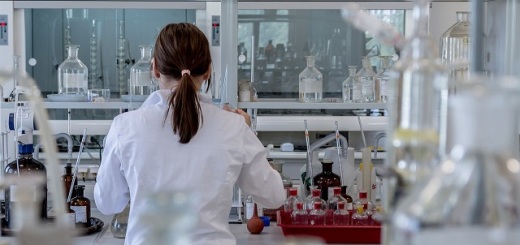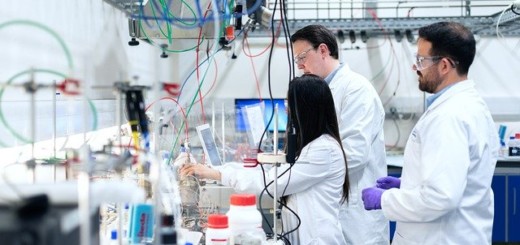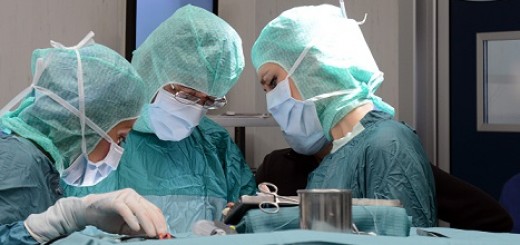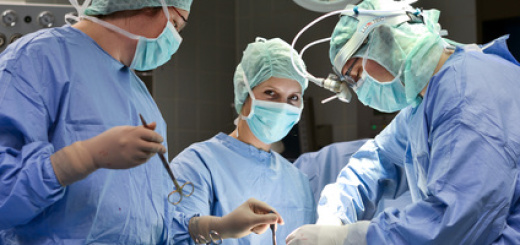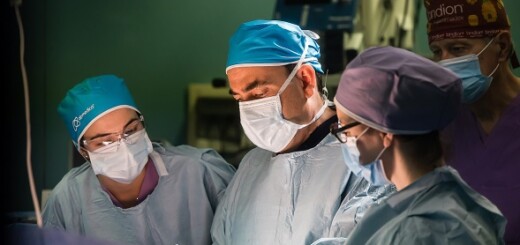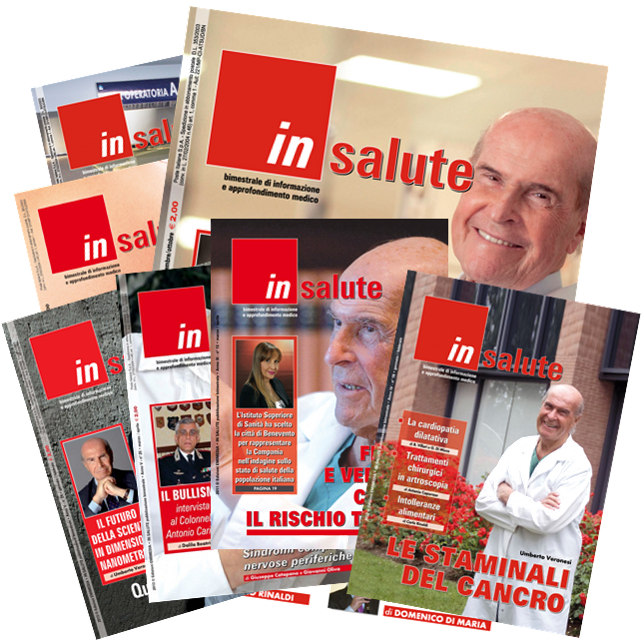

Edimburgo, 28 novembre 2023 – Un nuovo dispositivo stampato in 3D che potrebbe sostituire la necessità di testare la sicurezza di farmaci e sostanze chimiche sugli animali ha ricevuto nuovi finanziamenti. Il dispositivo di plastica “body-on-chip”, inventato all’Università di Edimburgo, imita il modo in cui un farmaco si muove attraverso gli organi del corpo, utilizzando l’imaging PET per convalidare il suo percorso.
Il team che lo ha ideato ha ricevuto 260.000 sterline dal Medical Research Council (MRC) per testarlo utilizzando materiali sterili, dopo che la sua capacità di replicare la perfusione di un farmaco è stata dimostrata e presentata al Microphysiological systems (MPS) World Summit in Germania quest’estate.
Attualmente in fase di stampa 3D in collaborazione con l’Edinburgh College of Art, i suoi cinque compartimenti contengono cellule umane che rappresentano il cuore, i polmoni, i reni, il fegato e il cervello, collegati da canali che imitano il sistema circolatorio umano, attraverso i quali viene pompato un farmaco a piccola molecola.
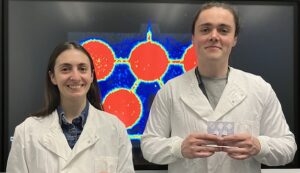
L’inventore del dispositivo, Liam Carr, dottorando in farmacologia in vitro, ha dichiarato: “Utilizzando la modellazione matematica, abbiamo scoperto che la velocità di trasferimento nei compartimenti dell’organo e l’assorbimento dei nutrienti in vitro imitano i risultati degli organi in vivo. È stato davvero entusiasmante poter utilizzare l’imaging PET per modificare il dispositivo e produrre un flusso uniforme attraverso tutti i compartimenti dell’organo”.
Il successo ottenuto finora dal body-on-chip mostra un potenziale che va oltre lo sviluppo di farmaci, per testare aerosol, alimenti e prodotti per la casa. Inoltre, è possibile aggiungere altri compartimenti per rappresentare altri organi, come lo stomaco o la pelle, in stati rappresentativi della salute e della malattia umana.
Il supervisore di Carr, la dott.ssa Adriana Tavares, del Centre for Cardiovascular Science (CVS) dell’Università, ha dichiarato: “Questo dispositivo mostra un potenziale davvero forte per ridurre il gran numero di animali che vengono utilizzati in tutto il mondo per testare farmaci e altri composti, in particolare nelle fasi iniziali, dove solo il due per cento dei composti progredisce attraverso la pipeline di scoperta”.
Attualmente, ogni anno in Europa vengono utilizzati circa 80.000 animali nelle prime fasi di sviluppo dei farmaci, senza che ciò comporti un beneficio clinico. Il dispositivo body-on-chip è stato sviluppato grazie a una borsa di studio di dottorato cofinanziata dal National Centre for Replacement, Refinement and Reduction of Animals in Research (NC3Rs) e da Unilever per un importo di 90.000 sterline. È stato sostenuto e protetto da Edinburgh Innovations, il servizio di commercializzazione dell’Università.
La dott.ssa Natalie Duggett, responsabile del programma Early Career dell’NC3Rs, ha dichiarato: “Il dispositivo body-on-chip di Liam ha il potenziale per sostituire un numero significativo di animali attualmente utilizzati nei test di sicurezza in una serie di settori. È fantastico vedere uno dei nostri dottorandi ottenere un finanziamento in questa fase iniziale della carriera. Questo ulteriore finanziamento da parte del MRC riconosce il lavoro pionieristico di Liam e del team CVS per trasformare i test sui farmaci in un modello basato su cellule umane e l’importanza di trovare approcci alternativi per sostituire l’uso degli animali in questi studi”.
La dott.ssa Susan Bodie, responsabile dello sviluppo aziendale del College of Medicine and Veterinary Medicine di Edinburgh Innovations, ha aggiunto: “Siamo lieti di sostenere Liam e il team della CVS nello sviluppo di questo ‘body-on-chip’ e siamo ansiosi di vedere l’impatto che questo nuovo dispositivo avrà in futuro sui test e sulla progressione di nuovi composti e farmaci”.
*******
New device could replace animals used in drug and chemical safety testing
A novel 3D printed device that could replace the need for drug and chemical safety testing on animals has received new funding. The plastic ‘body-on-chip’ device, invented at the University of Edinburgh, mimics how a drug moves through the body’s organs, using PET imaging to validate its journey.
The team behind it has received £260,000 from the Medical Research Council (MRC) to test it using sterile materials, after its ability to replicate drug perfusion was proven and presented at the Microphysiological systems (MPS) World Summit in Germany this summer.
Currently being 3D-printed in collaboration with the Edinburgh College of Art, its five compartments contain human cells representing the heart, lungs, kidney, liver and brain, connected by channels that mimic the human circulatory system, through which a small molecule drug is pumped.
Device inventor Liam Carr, an in vitro pharmacology PhD student, said: “Using mathematic modelling, we have found that the rate of transfer into the organ compartments and the uptake of nutrients in vitro mimics in vivo organ results. It’s been really exciting to be able to use PET imaging to modify the device and produce even flow through all organ compartments”.
The success of the body-on-chip so far shows potential even beyond drug development – to test aerosols, food and household products. It also holds the possibility of adding more compartments to represent other organs such as the stomach or skin, in states representative of both human health and disease.
Carr’s supervisor, Dr Adriana Tavares, of the University’s Centre for Cardiovascular Science (CVS), said: “This device shows really strong potential to reduce the large number of animals that are used worldwide for testing drugs and other compounds, particularly in the early stages, where only two per cent of compounds progress through the discovery pipeline”.
Currently, around 80,000 animals are used in the early stages of drug development in Europe each year, without subsequent clinical benefit. The body-on-chip device was developed through a National Centre for Replacement, Refinement and Reduction of Animals in Research (NC3Rs) and Unilever co-funded PhD Studentship award of £90,000. It has been supported and protected by Edinburgh Innovations, the University’s commercialisation service.
Dr Natalie Duggett, NC3Rs Early Career Programme Manager, said: “Liam’s body-on-chip device has the potential to replace a significant number of the animals currently used in safety testing across a range of industries. It is fantastic to see one of our PhD students awarded funding at this early career stage. This additional funding from the MRC recognises Liam and the CVS team’s pioneering work to transform drug testing in a human-cell based model and the importance of finding alternative approaches to replace animal use in these studies”.
Dr Susan Bodie, Head of Business Development for the College of Medicine and Veterinary Medicine at Edinburgh Innovations, added: “We’re delighted to be supporting Liam and the CVS team in the development of this ‘body-on-chip’, and we look forward to seeing the impact this novel device has on testing and progression of new compounds and drugs in the future”.

 Salva come PDF
Salva come PDF